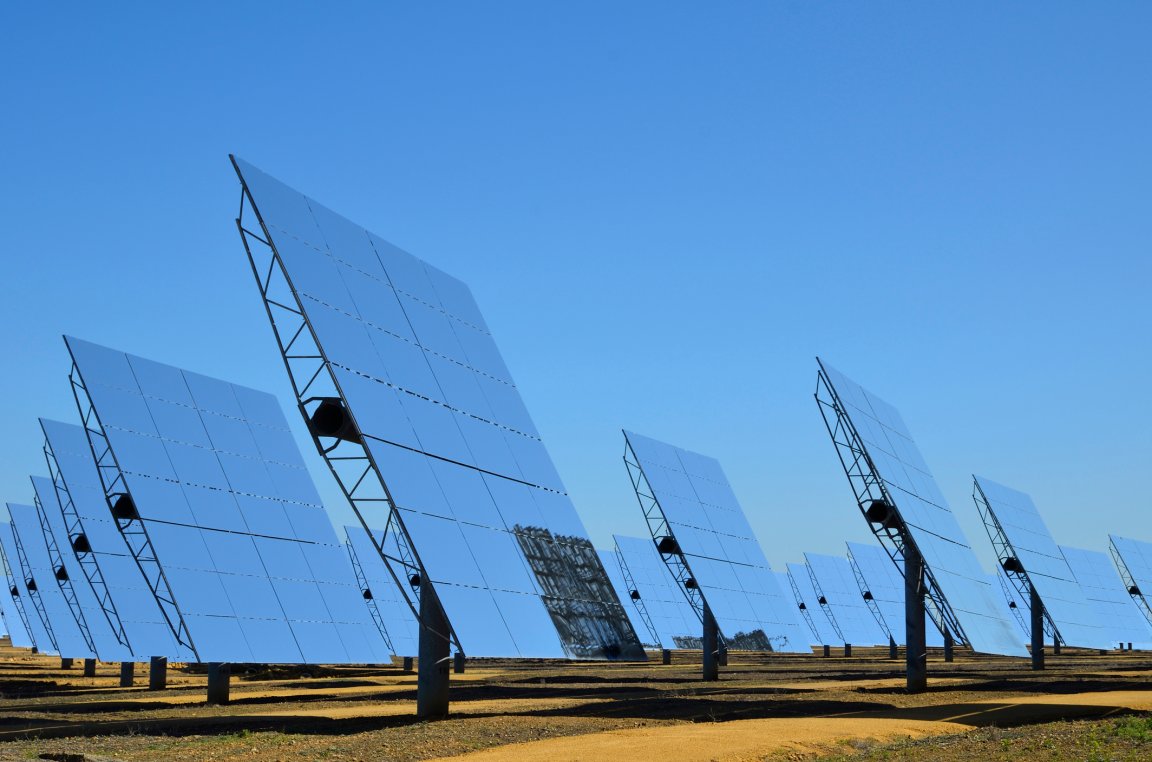
Sunny Days
The Department of Energy (DOE) has announced that utility-grade solar panels have now reached cost targets that were set for 2020. The SunShot Initiative was established in 2011, and sought to bring the price of solar energy down to six cents per kilowatt-hour.
That price goal has now been reached in Kansas City, Missouri, which the department uses as an indicator of prices around the country. It’s cheap to produce solar energy in a place like Phoenix, Arizona because there’s plenty of sunlight and open space, whereas it’s more expensive in a state like New York — Kansas City is a useful middle ground.

Utility-grade solar now costs around one dollar per watt in terms of the total install cost, not taking into account any tax credits that can be applied. Data from the National Renewable Energy Laboratory indicates that the price of installing utility-scale solar hardware dropped 29 percent over the first quarter of 2017.
Moving Target
While the SunShot Initiative’s target for utility-grade solar panel pricing has been made, the same can’t be said for commercial and residential panels — although the DOE is around 85 percent of the way toward its goal.
Looking at utility-scale implementation, the department has stated that its next milestone will focus on reliability, rather than cost. A new target is set to be put in place for 2030, and grid reliability, resilience, and storage will all be improved in order to reach it.
Solar energy is becoming increasingly viable, and countries all over the world are exceeding targets set to promote adoption. Over the next few decades, it seems likely that we’ll finally see renewable energy become the norm.